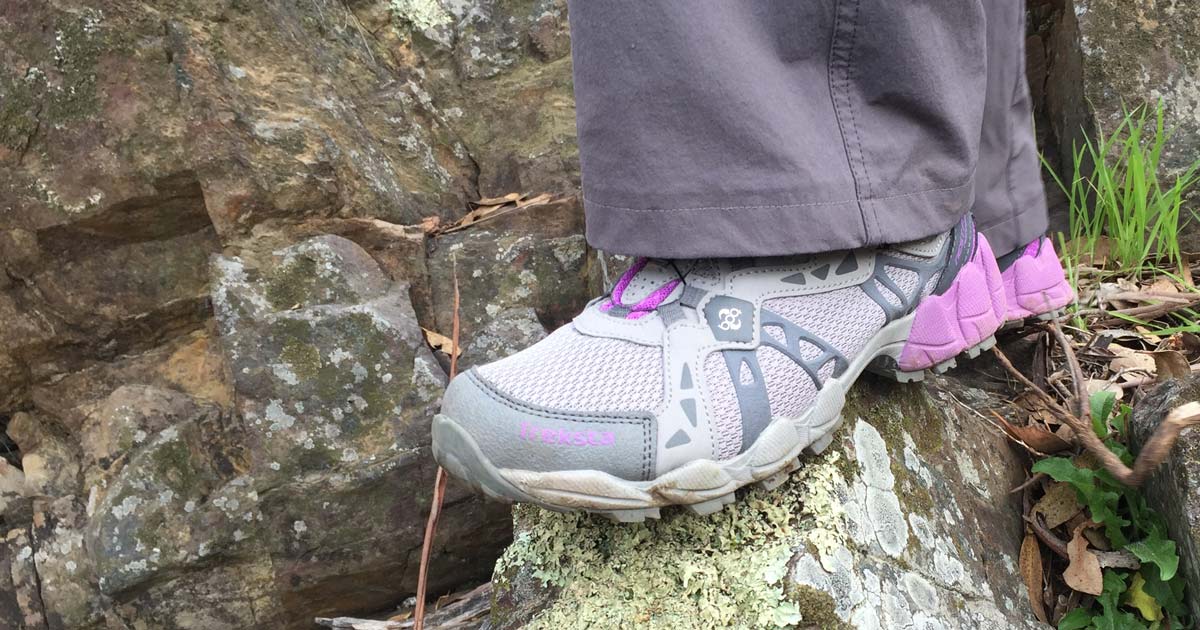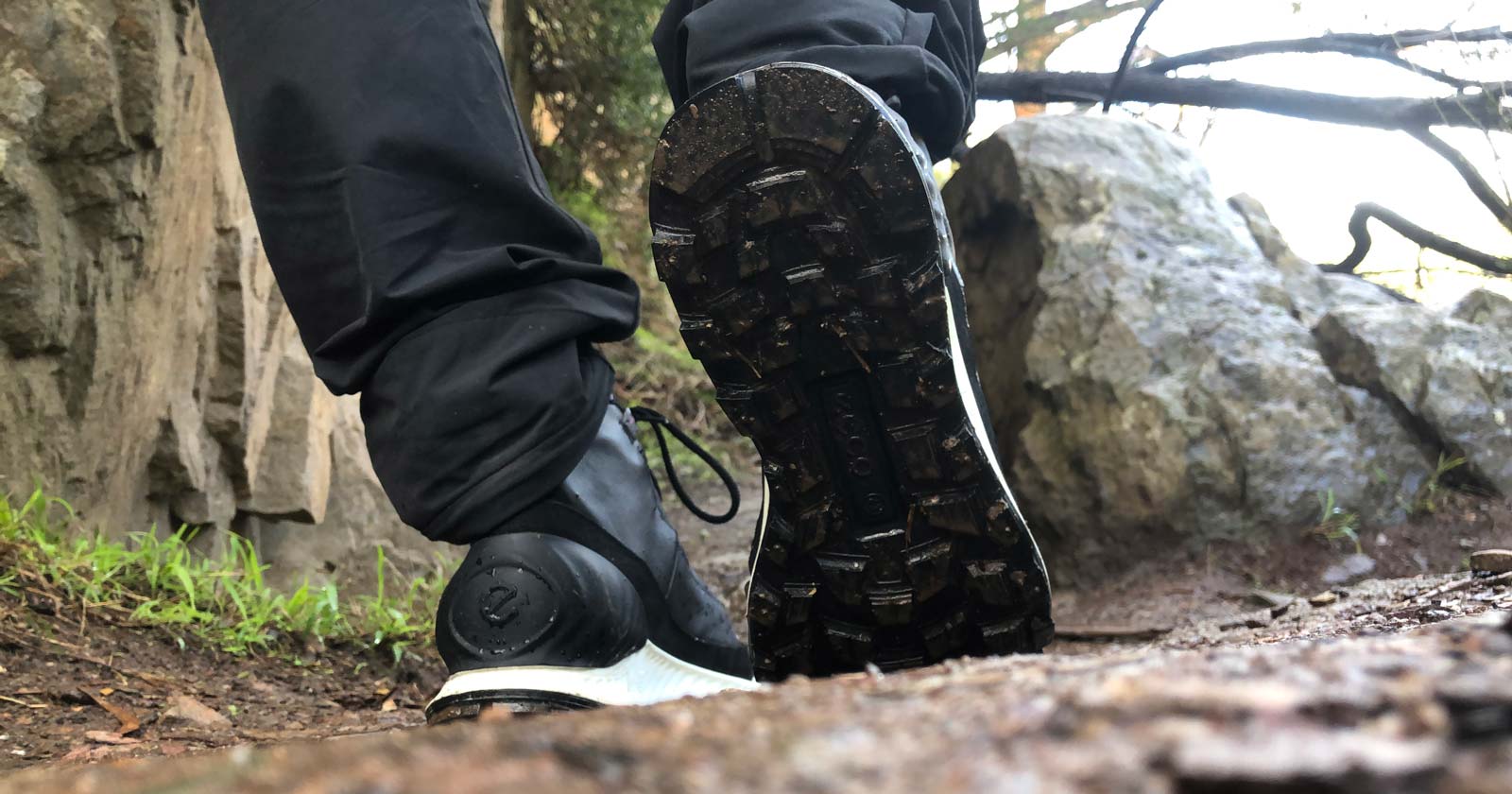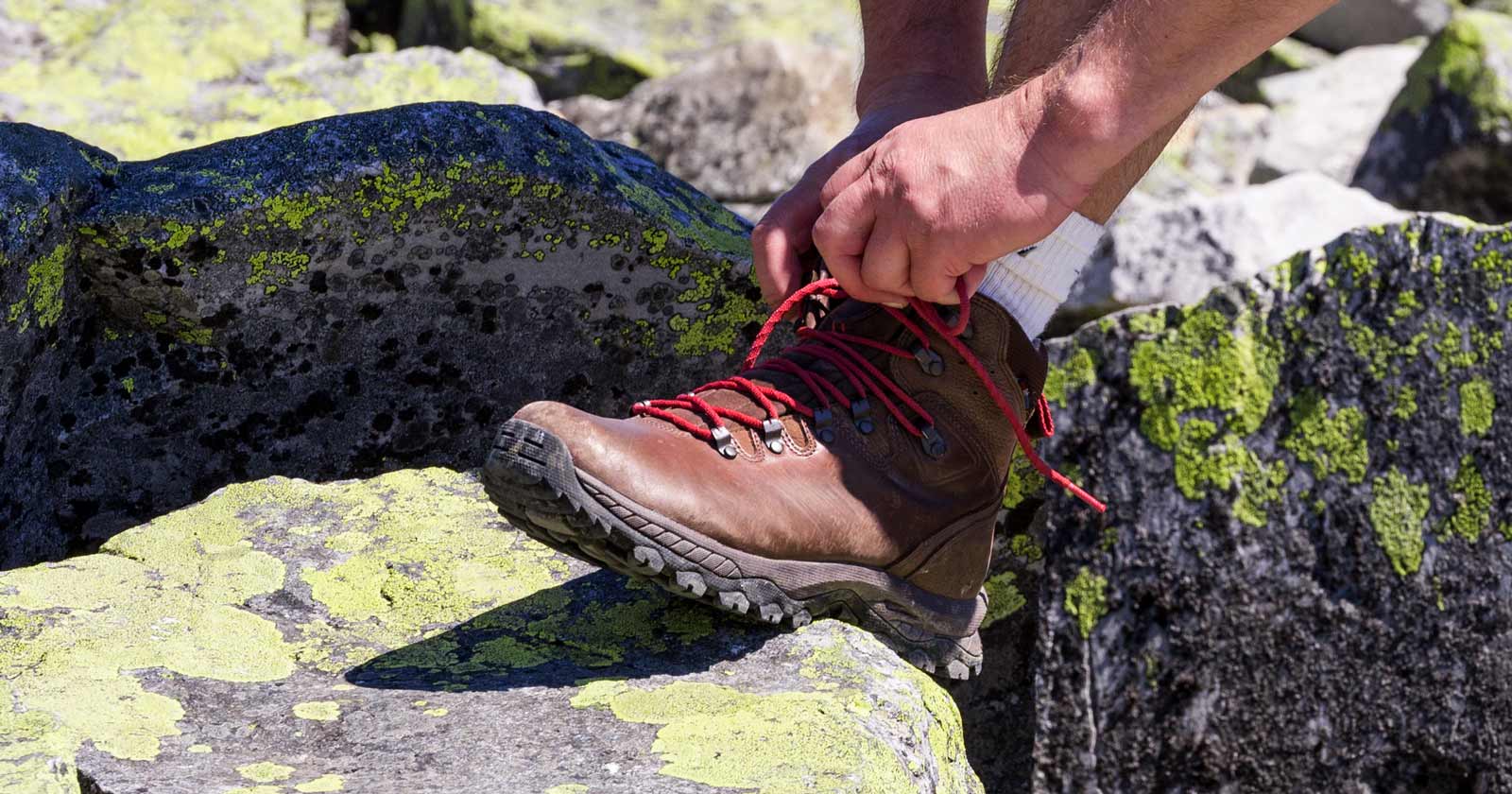A guide to materials and waterproofness of hiking boots and shoes
For outdoor enthusiasts traversing Australia’s diverse terrains, hiking boots (or shoes) represent an essential piece of equipment, providing critical protection and stability with every step. However, choosing the ideal footwear can be complex due to the vast array of upper materials and conflicting information surrounding waterproofness. This guide to to selecting the right hiking boot upper aims to demystify these complexities, helping you make informed decisions based on your specific needs and hiking style.

Understanding key upper materials
Two primary materials dominate the realm of hiking boot uppers:
Leather: Renowned for its exceptional durability, particularly full-grain leather, this material excels in resisting abrasion in challenging environments. Treated leather offers commendable water resistance while maintaining inherent breathability, enhancing foot comfort in warmer climates. However, leather boots tend to be heavier than their synthetic counterparts and require a dedicated break-in period for optimal fit.
Synthetics: Composed of materials like nylon, mesh, and polyester, synthetic uppers reign supreme in the lightweight category, making them ideal for speed hikers and those exploring warm climates. Their quick drying properties ensure efficient moisture management, and their affordability generally surpasses leather options. However, durability for demanding terrain might be a concern, and breathability can vary depending on the specific material and construction.

Waterproofness: Fact vs. fiction
While the “waterproof” label might seem definitive, waterproof membranes like Gore-Tex can unintentionally trap sweat during strenuous activities, leading to discomfort and dampness. This begs the crucial question: is breathability always superior? Not necessarily. Unexpected downpours or stream crossings can render non-waterproof boots unusable, potentially impacting insulation and comfort in colder environments.
Finding the optimal balance
The ideal upper material hinges on your unique hiking style and the terrains you typically encounter:
Rugged Terrain: If your adventures involve heavy loads and uneven paths, prioritise the unparalleled durability and support offered by leather boots. Accept the inherent weight and break-in period, knowing that your boots will become trusted companions, conquering demanding terrain with unwavering resilience.
Speed and Warm Weather: Embrace the lightweight breathability of synthetic uppers for fast-paced hikes or warm climates. Understand that long-term durability might be compromised on harsh terrain, but appreciate the quick drying times and sweat-wicking properties that keep your feet feeling fresh. Consider hybrid options combining leather and synthetics for added versatility.
Moderate Terrain and Unpredictable Weather: If your journeys take you across moderate terrains and involve encounters with unpredictable weather, treated leather could be your perfect match. This material achieves a commendable balance between protection and comfort, offering water resistance for light rain and puddles. Be prepared for occasional dampness in heavier downpours, but appreciate the breathability and support that won’t weigh you down.

Beyond materials: Maintaining peak performance
Proper care extends the lifespan of any hiking boot. For leather uppers, this involves regular cleaning with mild soap and water, ensuring thorough drying, and applying specialised waterproofing agents periodically. For synthetic uppers, focus on maintaining breathability by avoiding harsh detergents and ensuring proper drying after each adventure. Remember, regular maintenance not only extends the life of your boots but also ensures they perform optimally, keeping your feet comfortable and protected on every journey.
Investing wisely in your hiking boots is an investment in countless adventures to come. Conduct thorough research on different materials, experiment with features that align with your specific needs, and seek advice from experts at reputable outdoor stores. Remember, the perfect upper material should feel like a seamless extension of your foot, ready to navigate any path you choose to explore.





